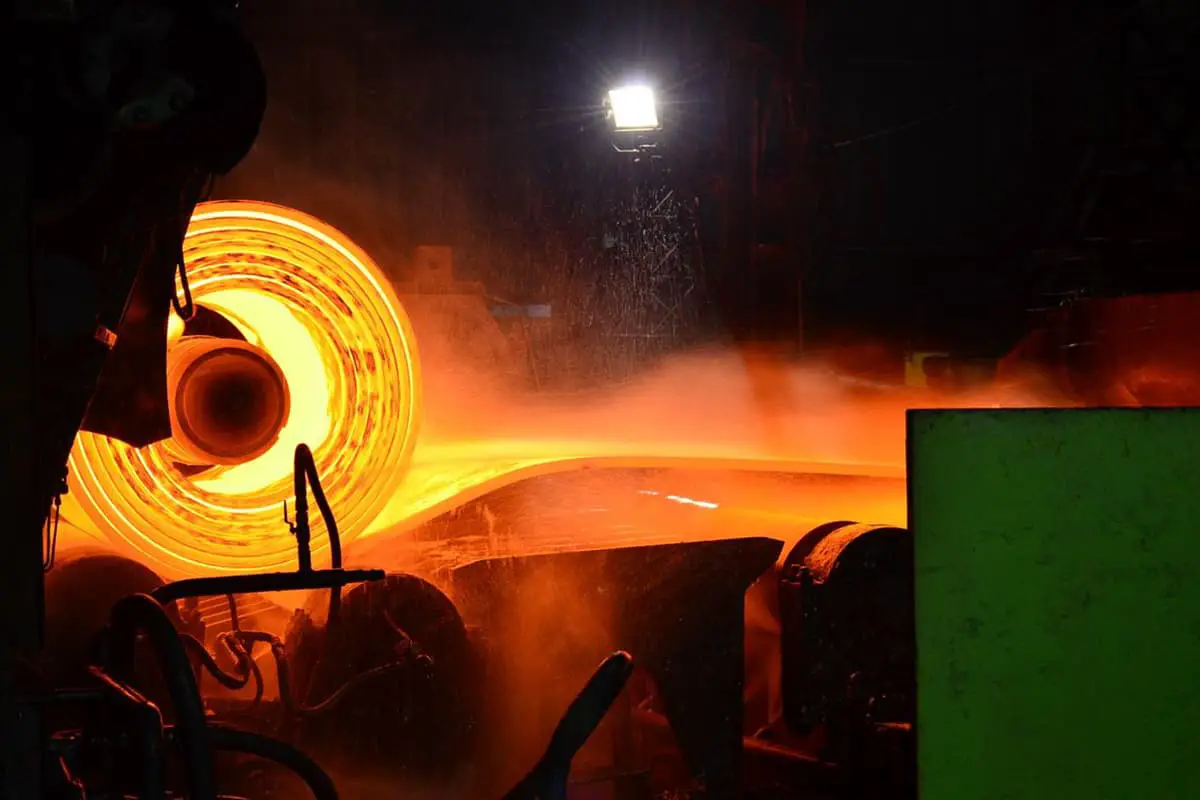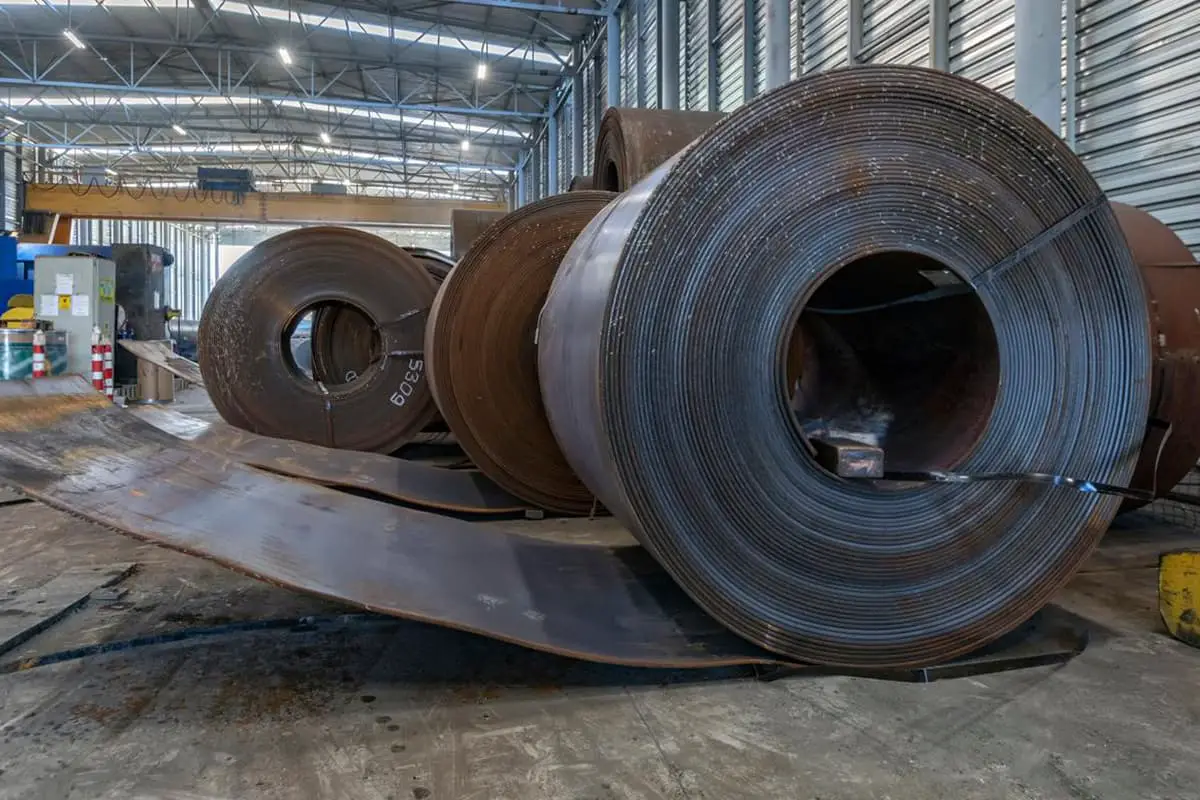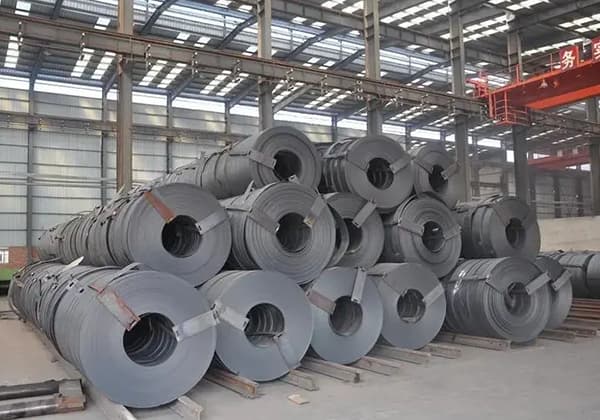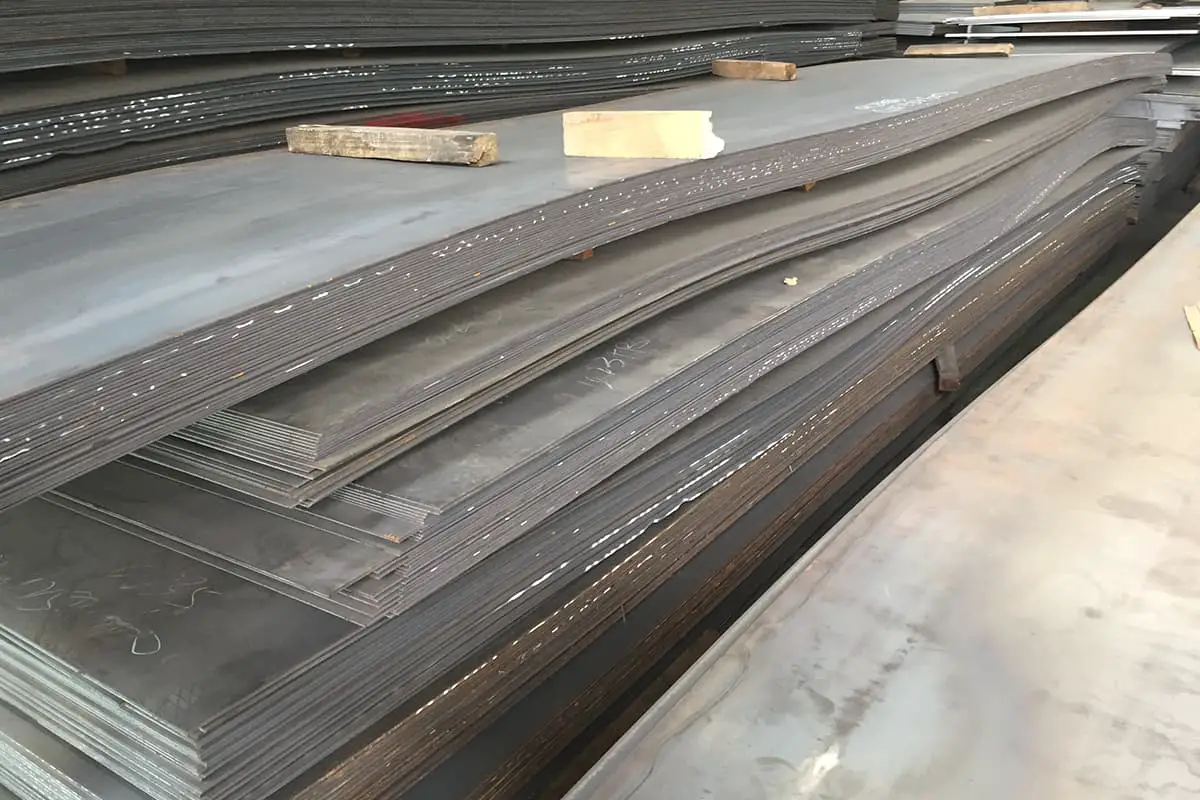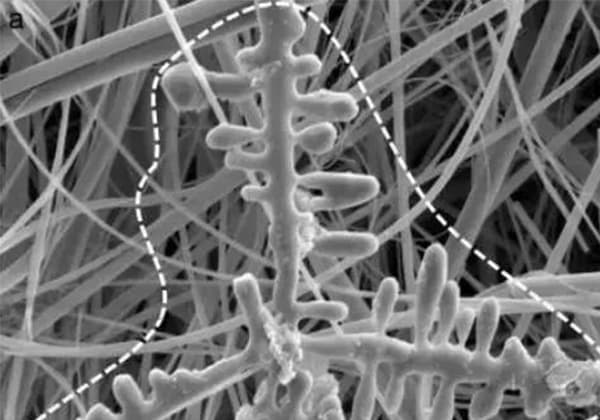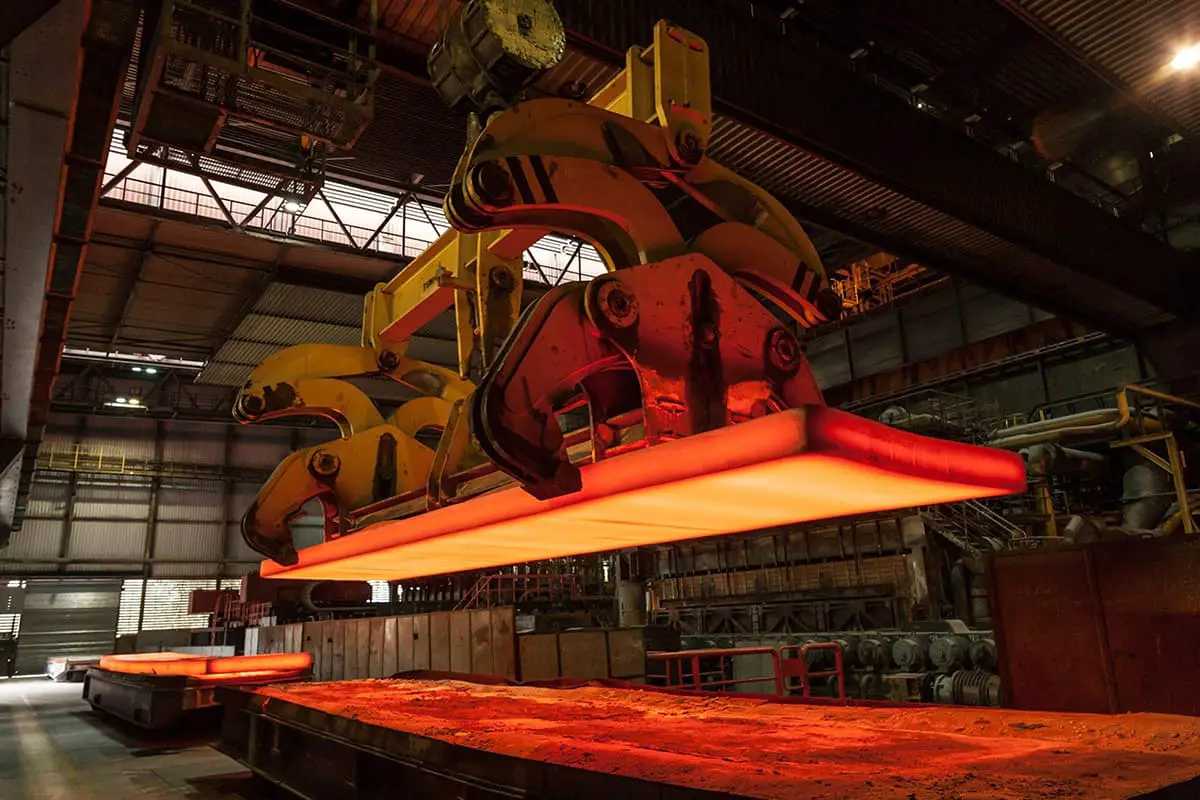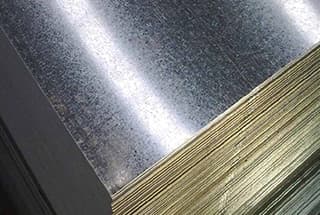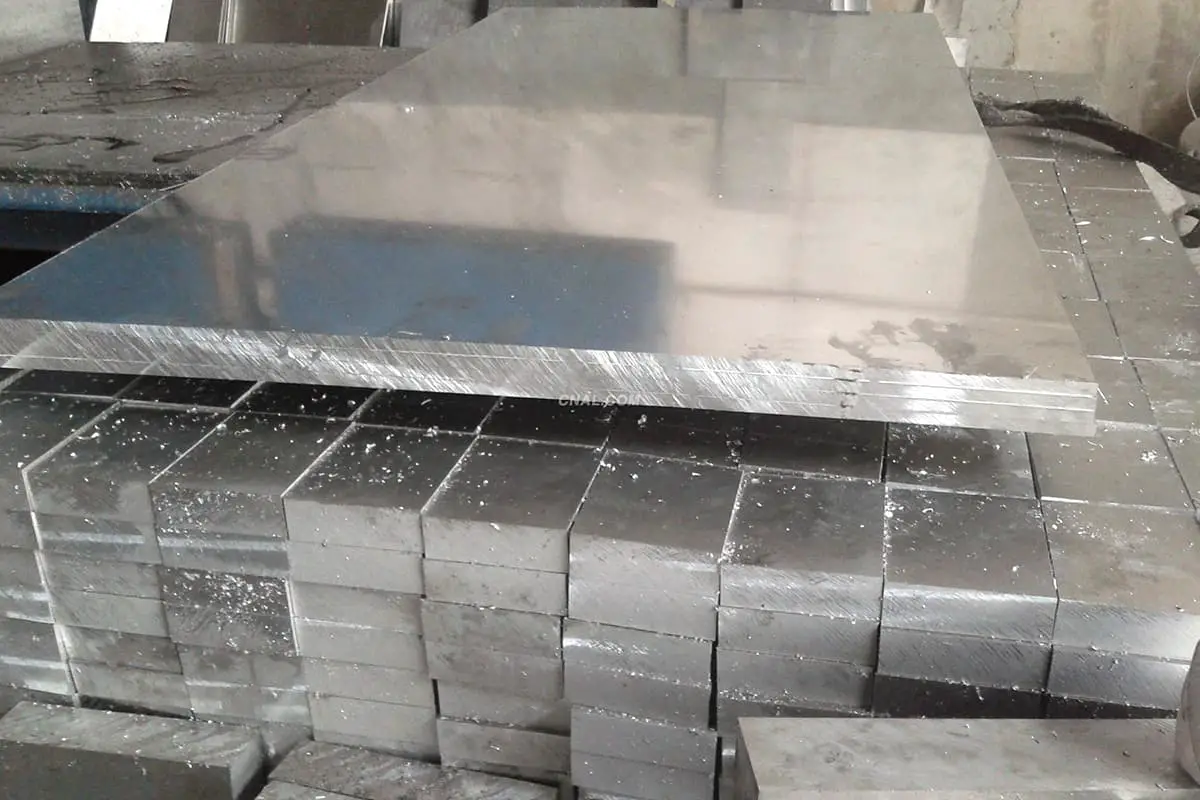
What makes the cooling and finishing rolling temperatures for various steel grades so crucial? In steel production, these temperatures play a pivotal role in determining the final microstructure and mechanical properties of the steel. Managing these temperatures carefully can refine grain size, enhance strength, and prevent defects. This article explains how different steels, like low-carbon and high-carbon variants, require specific temperature controls and cooling methods to achieve optimal quality, offering insights valuable to engineers and metallurgists alike. Dive into the details to discover how these techniques impact steel performance.
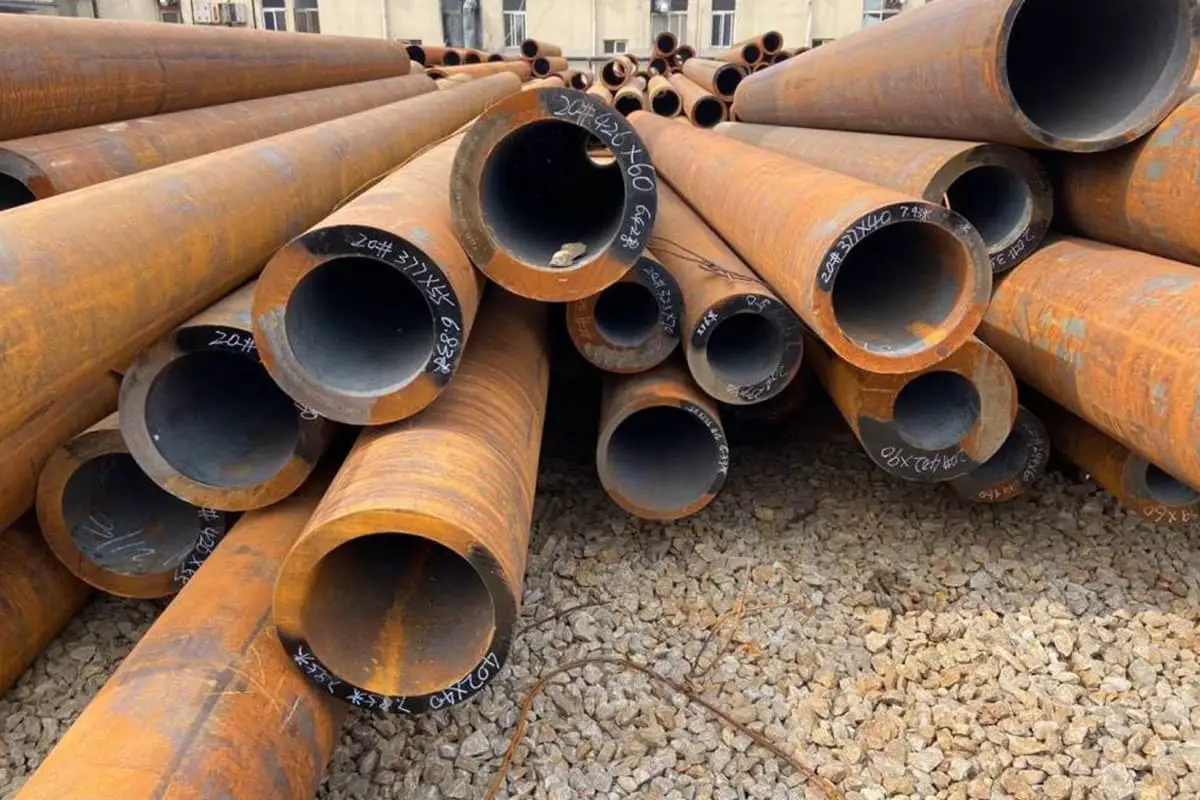
In the hot working process, the finishing temperature greatly influences the microstructure of steel. Higher finishing temperatures increase the tendency for grain coalescence and growth, resulting in coarser austenitic grains.
Therefore, it’s crucial to minimize the finishing temperature during production, typically not dropping below the Ar3 point. This can be achieved through controlled rolling and cooling methods to refine the grain size and enhance product quality.

For low-carbon steels, the finishing temperature should be maintained close to 800°C, and should not drop below 750°C.
In the case of high-carbon steels, to prevent the formation of a network of cementite, the finishing temperature during production should be controlled around 850°C.
Combining this with rapid cooling after rolling can effectively suppress the precipitation of proeutectoid cementite, avoiding the formation of a network of cementite, or at least ensuring it’s thin and easily eliminable without additional processing steps.
In hyper-eutectoid carbon steels and alloy steels, excess cementite forms a network along the grain boundaries after rolling. Steels with a network of cementite exhibit reduced cold forming capability and an increased tendency to crack during quenching.
To eliminate this network, complex heat treatments are required, which may not always be effective.
Hence, conditions must be created to prevent the formation of a cementite network after rolling. Finishing at low temperatures and rapid cooling after rolling can achieve this goal.
For instance, GCr15 steel is cooled with water before the finishing mill to lower the temperature before the final rolling. Rapid cooling post-rolling is achieved by blasting compressed air, followed by slow cooling in a pit.
Slow cooling after rolling results in coarse ferritic grains, a lower yield point, and an increased brittle transition temperature. The cooling rate depends on the cross-sectional size of the steel; larger sections are harder to cool rapidly, hence, they generally have lower mechanical properties.
In foreign countries, round steels are usually air-cooled after rolling, related to the lower gas content in their steel. Using on-line water cooling can be more effective, but is limited to round steels with diameters below 75mm. While rapid cooling helps to reduce banding, in steels with high manganese content and coarse austenitic grains, it can lead to the formation of Widmanstätten ferrite.
Therefore, rapid cooling post-rolling should be paired with a low finishing temperature. When the austenitic grain size is small, even rapid cooling won’t lead to the formation of Widmanstätten ferrite.
For alloy structural steels rolled on medium-sized mills, those with diameters below 60mm are cooled in stacks in air, while those over 60mm are cooled in non-heated pits. The steel should cool in the pit to 100-150°C for at least 30 hours.
Bearing steel is prone to white spots, thus it should be cooled slowly after rolling or treated thermally as specified. During loading, the temperature should not be below 700°C. The billets are placed in the pit until the temperature reaches no more than 100-200°C, averaging 72 hours.
Even at lower finishing temperatures, slow cooling can lead to the formation of a cementite network in the steel.
To avoid this, each bar should be cooled individually as quickly as possible to below 650°C.
The cooling rate for bearing steel without a cementite network depends on the final rolling temperature; at 900-950°C, the rate must be at least 45-50°C/min, which can be reduced as the finishing temperature decreases.
Controlling the appropriate final finishing temperature (near the Ac3 point) and combining it with a suitable reduction rate (about 40%) can achieve ideal metallurgical structures and optimal mechanical properties in low and medium carbon steels, as well as in alloy steels, spring steels, and bearing steels.
To this end, water cooling boxes are installed before the last two stands of the bar finishing mill. To ensure uniform internal and external temperatures in the rapidly cooled rolled pieces, a temperature equalization section is set up before the finishing mill group.
Post-rolling steel cooling methods include:
Representative steel types and their controlled rolling and cooling methods include:
1. Bearing and Spring Steels
These require finishing at low temperatures, followed by insulated slow cooling. To prevent the precipitation of network carbides, bearing steels are rapidly cooled after rolling, then slowly cooled.
The finishing temperature for bearing steel is strictly controlled between 800-850°C to help break down network carbides.
When the finishing temperature exceeds 900°C, the steel can be water-sprayed to rapidly cool down to 600-650°C (to prevent further precipitation of network carbides) and then slowly cooled. Cooling water boxes are installed before the finishing mill to control the temperature of the workpieces entering the mill.
2. Quenched and Tempered Steels
These steels have a tempered sorbite structure and are used in high-strength, impact or alternating load-bearing parts like connecting rods and shafts. They offer high comprehensive mechanical performance due to their high strength and yield limits, and sufficient ductility and toughness.
The production outline includes 225,000 tons of quality carbon structural steel and 225,000 tons of alloy structural steel, accounting for 90% of the total output. Controlling the temperature of such a large volume of steel gives a competitive edge.
3. Quality Carbon Structural Steels and Alloy Structural Steels
Both are hypoeutectoid steels with a quenching temperature about 30-50°C above AC3. For round steels smaller than 40mm in diameter, cooling water boxes are installed before the finishing mill to refine the grain size and achieve a martensitic structure post-quenching.
Then, the steels are tempered at high temperatures below A1 to transition to a stable tempered structure. For larger diameter round steels, online temperature control is practiced by manufacturers like the ABS LUNA factory in Udine, Italy, which produces round steels ranging from 20 to 100mm in diameter, including carbon steel, surface-hardened steel, quenched and tempered steel, micro-alloyed steel, bearing steel, spring steel, and stainless steel. They control the temperature of steels from 20 to 90mm in diameter online.
Given Shigang’s (Shi Steel’s) product positioning and the evolving needs of steel users, providing automotive steels and moving towards high-end markets has become essential.
Offering ideal metallurgical structures and optimal mechanical properties gives a competitive edge. When considering cooling regimes, water cooling boxes should be installed before and after the finishing mill, mainly targeting round steels smaller than 40mm, for online temperature control.
Setting up water cooling boxes after the finishing mill is debated internationally. For large diameter round steels, it is considered to only remove scale and improve surface quality, having little effect on grain refinement and potentially causing uneven internal grain size.
Online temperature control would undoubtedly lengthen the rolling line and increase investment. The length of the water cooling box to be installed after the finishing mill is not widely advised, with the ABS LUNA factory in Italy being a reference, having a 55-meter long box.
Considering long-term development and quality requirements, online temperature control should be considered. Initially installing water cooling boxes after the finishing mill can at least remove scale and improve surface quality. Heating, final rolling, and cooling regimes for various steels are detailed in Table 1.
Table 1: The heating, finishing rolling, and cooling temperatures of various types of steel.
| 45# | Heating Temperature ℃ | 1050——————1180 |
| Cooling Method | Air Cooling | |
| Finishing Temperature (°C) | ≥850℃ | |
| 40Cr | Heating Temperature ℃ | 1050——————1180 |
| Cooling Method | Air Cooling | |
| Finishing Temperature (°C) | ≥850℃ | |
| 20MnV, 40MnB、20CrMo | Heating Temperature ℃ | 1050——————1180 |
| Cooling Method | Stack Cooling | |
| Finishing Temperature (°C) | ≥850℃ | |
| GCr15 | Heating Temperature ℃ | 1050——————1100 |
| Cooling Method | Pit Cooling, Entry Temperature ≥ 600°C | |
| Finishing Temperature (°C) | ≥850℃ | |
| 20CrMnTi | Heating Temperature ℃ | 1050——————1120 |
| Cooling Method | For diameters below 85mm, Stack Cooling; for diameters 85mm and above, Pit Cooling, Entry Temperature ≥600℃ | |
| Finishing Temperature (°C) | ≥850℃ | |
| 45Mn2, 27SiMn | Heating Temperature ℃ | 1050——————1180 |
| Cooling Method | Pit Cooling, Entry Temperature ≥ 400°C | |
| Finishing Temperature (°C) | ≥850℃ | |
| 60Si2Mn | Heating Temperature ℃ | 1030——————1120 |
| Cooling Method | Pit Cooling, Entry Temperature ≥400℃ | |
| Finishing Temperature (°C) | ≥850℃ |
Controlled Rolling Theory
In the hot rolling process, the reasonable control of metal heating, deformation, and temperature regimes allows the combination of solid-state phase transformation and thermoplastic deformation to achieve fine-grained structures, thus enhancing the comprehensive mechanical properties of steel.
For low carbon and low alloy steels, controlled rolling mainly refines the deformed austenitic grains, leading to fine ferritic grains and smaller pearlite colonies after the austenite-to-ferrite and pearlite transformation. This enhances the steel’s strength, toughness, and weldability.
For high carbon and hyper-eutectoid steels, controlled temperature rolling refines the deformed austenitic grains and finishes rolling near the austenite transformation point.
1. Thermo-mechanical Rolling
Currently, thermo-mechanical rolling of round steels is limited to diameters below 40mm, primarily in low carbon and low alloy steels, aiming to refine ferritic grains. The finishing rolling temperature is between 750°C and 790°C.
Before and after finishing rolling, water cooling is required. For larger diameter round steels, uneven temperatures between the surface and core after water cooling can cause surface microcracks and inconsistent grain sizes between the core and surface during recrystallization, leading to uneven structural integrity across the cross-section.
2. Normalized Rolling
For round steels between 40mm and 80mm, normalized rolling is used, with the last four passes totaling 50-60% deformation. The steel is equilibrated before entering the finishing mill, with a finishing temperature of 800°C to 850°C, followed by rapid cooling.
3. Controlled Temperature Rolling
The finishing temperature ranges from 850°C to 900°C, followed by controlled cooling to enhance surface quality.
For high carbon steels, this process yields finer pearlite colonies; for hyper-eutectoid steels, it reduces the precipitation of network carbides.
For steel grades like 20#, 45#, 20CrMo, 20CrMnTi, 40Cr, 40MnB, producing round steels of 50mm to 80mm diameter, normalized rolling is used.
However, equilibration is needed before the finishing mill, increasing process distance and reducing output. The deformation in the last four passes is increased to ensure higher product precision and uniform deformation across the cross-section, suggesting the addition of a sizing mill, which increases investment. For diameters above 80mm, controlled temperature rolling is necessary.
For producing spring flat steel, thermo-mechanical rolling is employed. Finishing in the ferrite-austenite dual-phase zone refines the deformed austenitic grains, leading to fine ferritic grains and smaller pearlite colonies, thus enhancing the steel’s strength and toughness.
However, this requires water cooling before and after finishing rolling, increasing investment and extending the rolling zone.
For bearing steel, controlled temperature rolling is necessary to prevent the precipitation of network carbides and improve surface quality.
Considering investment and process location, Shi Steel employs controlled temperature rolling, lowering the starting rolling temperature, controlling the finishing temperature, and implementing controlled cooling after rolling to achieve good surface quality and internal structure.
Table 2: Rolling Process for Different Steel Types and Specifications
| Steel | Grade | Rolling Process |
| 20#、45#、20CrMo、20CrMnTi、40Cr、40MnB | ∮50——∮80 | Normalized Rolling; Controlled Temperature Rolling |
| ∮80——∮150 | Controlled Temperature Rolling | |
| GCr15 | ∮50——∮95 | Controlled Temperature Rolling |
| 60Si2Mn | 14mm—20mm×165mm—160mm | Thermo-mechanical Rolling (with water cooling before and after finishing rolling); Controlled Temperature Rolling |

